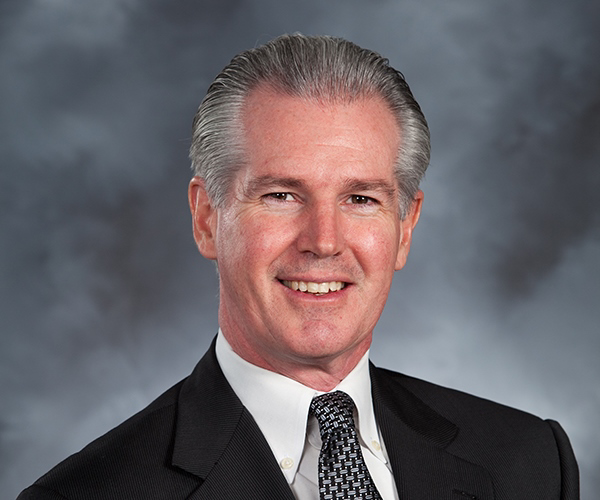Diamond V: new benefits from original XPC product

Jeff Cannon, CEO of Diamond V, explains how the company is using its Original XPC product to reduce pathogenic bacteria in animals, hence reducing the risk of contamination of food products.
The company has a patent pending for it. “Some integrated food companies in the United States already use it because of this new application,” says Jeff Cannon, president and CEO of Diamond V based in Cedar Rapids, Iowa.
How much have you invested in this pending patent?
“That is not exactly known. The pending patent itself will cost about a million dollars. But the total investment in this application can be somewhere up to five million dollars. In 2007 we noticed for the first time in a survey that animals receiving our Original XPC in the feed, had a much lower content of pathogenic bacteria, such as Salmonella and Campylobacter, in their manure versus animals in the control group. Further research showed also less pathogens in their environment. The animals were also healthier and performed better, but that was no surprise to us. We knew that already since 1943. After we found this new benefit, we began follow-up studies, which ultimately resulted in the patent pending for this application. So, by feeding our unique functional metabolites, which are beneficial bio active compounds produced through our proprietary fermentation processes, we can reduce the prevalence and numbers of pathogenic bacteria in animals and their products.”
You seem to focus on poultry with this application.
“That’s right. The pending patent is for the US and for all food animal species, because it turns out to be working in all species. However, much of our food safety research involves poultry. Focusing on poultry is especially important today because of ongoing regulatory and consumer concerns about food safety. Poultry integrators are very apprehensive about recalls, like the retailers they supply. We notice this very clearly in conversations we have with these parties. We have benefitted from this focus on poultry. In only a few years, our sales in the poultry sector have increased from two to almost fifteen percent of our total revenues.”
Your production will be at the end of this year four times as large as in 2013. Have the Walmarts and the Tysons of this world already made contracts with you?
“Some retail companies and poultry integrations were aware of our proposed patent application. They conducted tests of their own, something that can be quickly done in this sector. And indeed, major contracts were made. The names of the parties I cannot mention because of a ‘non-disclosure agreement’ (confidentiality clause, ed.). It concerns both retailers and integrations.”
What then, is the added value of a patent application?
“That is two-fold. Firstly, it is the ultimate recognition of the proven activity. In addition, all companies are warned that if they develop a ‘me-too’ product, all of their efforts and investments will be worthless when we get the patent for this application.”
Will you apply for worldwide patents after you get the US patent?
“Yes, that is our intention. Under other production circumstances, such as poultry production in Thailand and Brazil, the pathogen reducing effect of Original XPC can be even greater. And European consumers will appreciate extra food safety. These are sufficient reasons to patent eventually globally.”
The press release that went out on this pending patent had much more the atmosphere of “Hello consumer, I have something important to you,” versus “Hey farmer, this is good for you.” Will you focus on the consumer?
“No, not directly. But it may well be that in five years’ time the consumer packaging may show ‘produced with Diamond V products’ like there may be ‘Intel inside’ on your laptop today. Retailers and food companies want to avoid risks as far as possible. With the mention of the use of a patented and proven method to reduce pathogens in food products, they can make that clear. The beauty is that this won’t cost the farmer or integrator money, because the original claim of Original XPC remains as solid as a rock: healthy animals that produce more and better.”
What does this mean for Diamond V’s revenues?
“We are very optimistic about our long-term prospects for significant growth. This optimism is based on both market conditions and the potential of Diamond V technologies. This year, our total revenues will grow by almost 30 percent.”











